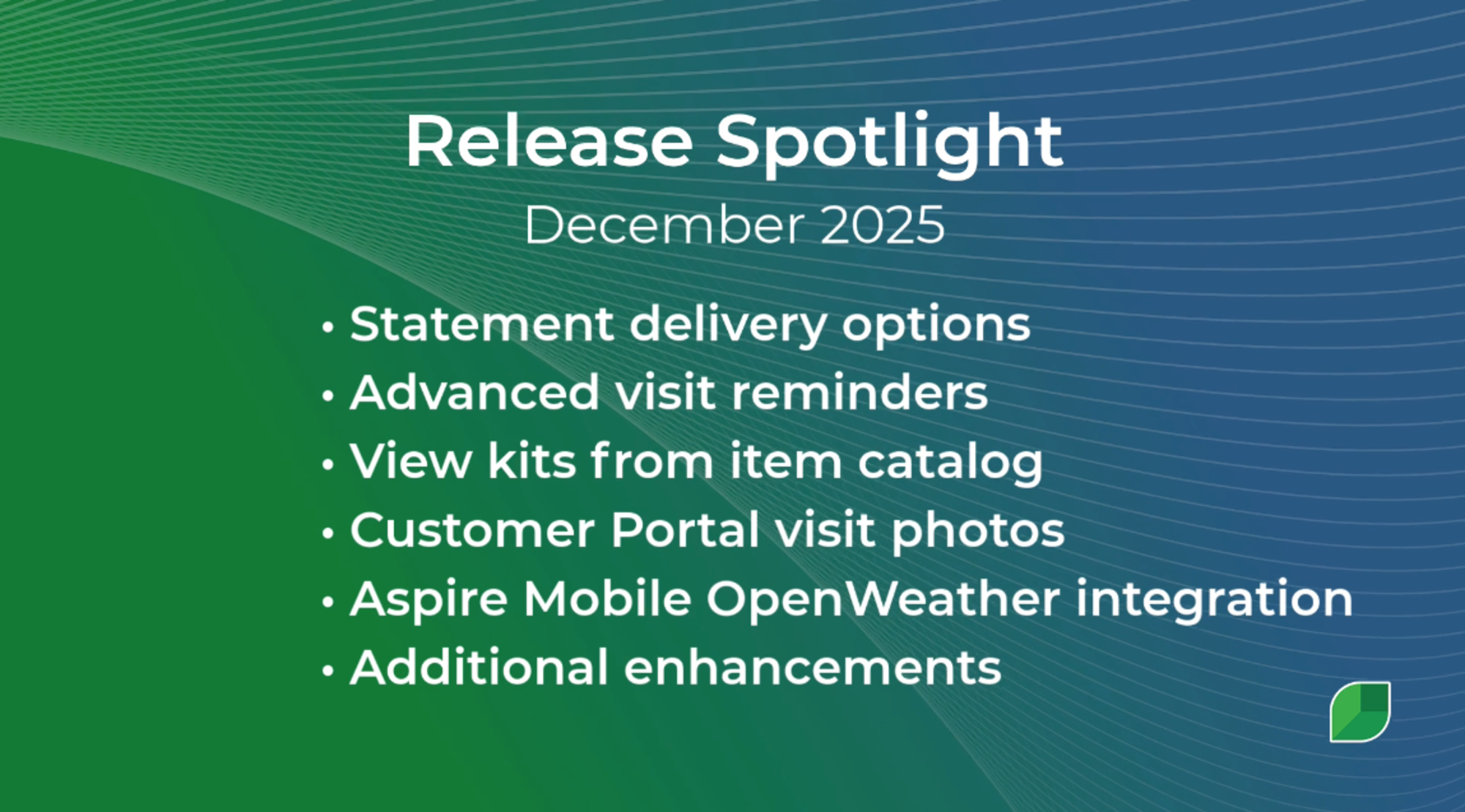Table of Contents
Table of Contents
Successful digital transformation is not complete when software goes live—it extends far beyond the initial implementation.
Research indicates that only 30% of companies achieve sustained benefits from technology investments, underscoring the importance of a long-term approach.
Organizations that prioritize workplace culture and maintain a long-term vision are more likely to achieve sustainable growth and avoid the pitfalls of short-term thinking.
Maximizing operational benefits is an ongoing process, not a one-off.
Yet many companies fall into the trap of thinking that completing the implementation phase equals transformation success. In reality, the real gains come from continuous optimization, refinement, and adaptation over time.
Throughout this blog series, we have covered each phase of the journey:
Implementation is just the beginning
This final stage is about sustaining and optimizing success long after go-live. It’s the shift from “getting it working” to “making it exceptional.”
Continuous optimization compounds benefits, improving efficiency, decision making, and profitability year after year.
Setting Up Continuous Feedback Loops
Ongoing employee feedback plays a significant role in driving engagement with new technology, often revealing real-world challenges and opportunities that pre-implementation surveys can’t identify.
Set up a feedback cadence:
Daily pulse checks to capture immediate issues
Weekly team reviews to review short-term progress
Monthly formal assessments to identify recurring patterns
Quarterly strategic reviews to align improvements with business goals
Make sure feedback flows in multiple directions:
Bottom up — Employees share on the ground insights with management
Peer to peer — Teams share solutions and best practices, and every team member should speak up and share their views
Top down — Management communicates priorities, progress, and decisions
Management should also respond to employee feedback, so concerns are addressed and team members feel heard.
Using tools within Aspire and involving your Customer Success Manager ensures feedback is captured, tracked, and acted upon, creating a cycle of continuous improvement and fostering greater engagement.
Regularly Reviewing and Refining Processes
Process audits ensure your software delivers maximum value as your business evolves. A structured review framework allows you to:
Identify inefficiencies
Uncover potential issues before they become problems
Align operations with your overall strategy and business goals
Adopt a quarterly optimization cycle to focus on:
Q1 — Review estimating and sales processes, using tools like PropertyIntel and CRM features to improve accuracy and conversion rates.
Q2 — Optimize scheduling and resource allocation with Aspire’s scheduling and inventory management modules.
Q3 — Refine job costing and financial reporting, leveraging customizable dashboards and profit analysis tools.
Q4 — Enhance customer communication and retention strategies, using Marketing Pro and integrated outreach tools.
Throughout each quarter, we use Aspire’s system data to identify and remove operational constraints and make data-driven decisions:
Monitor task completion times
Review utilization rates for equipment and crews
Evaluate cost variances and error trends
By following this structured approach, your business will have a consistent rhythm of improvement.
Leveraging Data for Operational Visibility
Using software-generated data effectively turns raw data into actionable insights that drive better decision-making and operational efficiency.
Aspire’s reporting and analytics tools give your team the ability to turn data into strategies that improve outcomes at every level of your business.
Dashboard optimization — Customize Aspire’s dashboards to show the KPIs that matter most, such as crew productivity, job profitability, or customer retention rates. Focus on metrics that directly impact strategic goals.
Profit and loss analysis — Use Aspire’s flexible P&L reporting to filter by branch, division, property, service type, sales rep, technician, or operations manager. This granularity will show you areas of highest profitability and where corrective action is needed.
Real-time performance monitoring — Implement live insights to track performance and empower managers to address issues before they impact customer service or profit margins.
Predictive analytics applications — Use historical data to forecast:
Seasonal demand fluctuations
Resource requirements for peak periods
Growth opportunities in underperforming markets
By reviewing and acting on these insights, your business can be proactive rather than reactive. These practices help teams become more productive by enabling faster and more informed responses to challenges and opportunities.
Coupled with Aspire’s customer success manager support, visibility enables informed, timely, and aligned operational decisions that support long-term goals.
Supporting Employees Through Ongoing Training and Resources
Employee skill building after implementation ensures your software investment continues to deliver value.
Ongoing education, including structured training programs and leadership development programs, should be a core company value, not a one-off activity.
Strategies for sustained skill development:
Schedule regular training sessions and comprehensive training programs to reinforce and expand capabilities
Include learning objectives in performance reviews
Encourage cross-training to build flexibility and organizational resilience
Assess evolving capability needs:
Review team skills quarterly as your business grows or adopts new features
Identify emerging gaps caused by process changes or market shifts
Adjust training plans and programs to match current and future operational requirements
Leverage Aspire’s continuous educational resources:
Aspire Academy — Access videos, interactive tutorials, and quizzes to develop skills at any pace through a variety of programs
Ongoing webinar participation — Attend product update and best practice webinars for timely, practical insights
Knowledge Base — Utilize the growing library of articles for immediate answers and how-to guidance
Benefits of this approach:
Reduces reliance on a small group of “power users”
Keeps all team members up to date with new features and workflows
Increases adaptability to respond to operational challenges
Ongoing training programs benefit both employees and the organization by supporting career growth, enhancing employee performance, and increasing job satisfaction.
By making training an ongoing process and fully utilizing Aspire’s resources, you ensure that your workforce is confident, capable, supported, and ready to maximize the platform's long-term benefits.
Building a Culture of Continuous Improvement
Creating a culture of continuous improvement ensures that your Aspire investment remains aligned with changing business goals.
Good leadership plays a crucial role in fostering a culture of openness, innovation, and growth.
This fosters innovation, adaptability, and shared ownership of success.
Be open to change:
Communicate that process improvements are part of day-to-day operations and require commitment from leadership and all employees
Encourage all employees to share observations and suggestions, with leaders and team members committing to ongoing improvement
Reframe failure as learning:
Treat unsuccessful optimization attempts as opportunities for growth
Document lessons learned and share with the broader team
Have formal idea generation systems:
Use structured channels for collecting and evaluating improvement suggestions, encourage new ideas and content creation as part of innovation
Set regular review sessions to decide which ideas to test or implement
Recognize and reward:
Celebrate successful process changes with public recognition or incentives, which helps with employee retention
Highlight the value of learning from unsuccessful attempts to encourage participation
Leverage external insights:
Incorporate industry best practices into internal improvement plans
Benchmark against competitors to identify opportunities for efficiency and service quality
Note how other industries (e.g., healthcare) use new technologies and flexible working to drive business success
By embedding improvement into your company culture, you turn change into a driver of progress. A positive work environment that values work-life balance and is supported by employers helps teams stay motivated, engaged, and able to adapt quickly—keeping your operations at peak performance.
Encourage collaboration and support:
Ensure every team member feels supported and involved in improvement programs
Solve challenges:
Focus on finding solutions to workplace challenges to keep momentum and create a culture of continuous improvement.
Building Momentum for Unstoppable Growth
Long-term success after implementation depends on five interconnected areas: feedback loops, process refinement, data, training, and a culture of continuous improvement.
Together, these strategies ensure your software investment continues to deliver value.
Aspire supports your long-term digital transformation through a comprehensive support ecosystem that includes dedicated Customer Success Managers, unlimited access to the Aspire Academy, a growing knowledge base, and a collaborative user community for peer-to-peer insights.
Our Professional Services team offers specialized guidance, while continuous product development and feature enhancements ensure you always have the tools to stay ahead.
This partnership is focused on your success—not just software usage.
By actively engaging with Aspire’s resources, you can transform your system from a functional tool into a driver of operational excellence, customer satisfaction, and sustainable growth.







